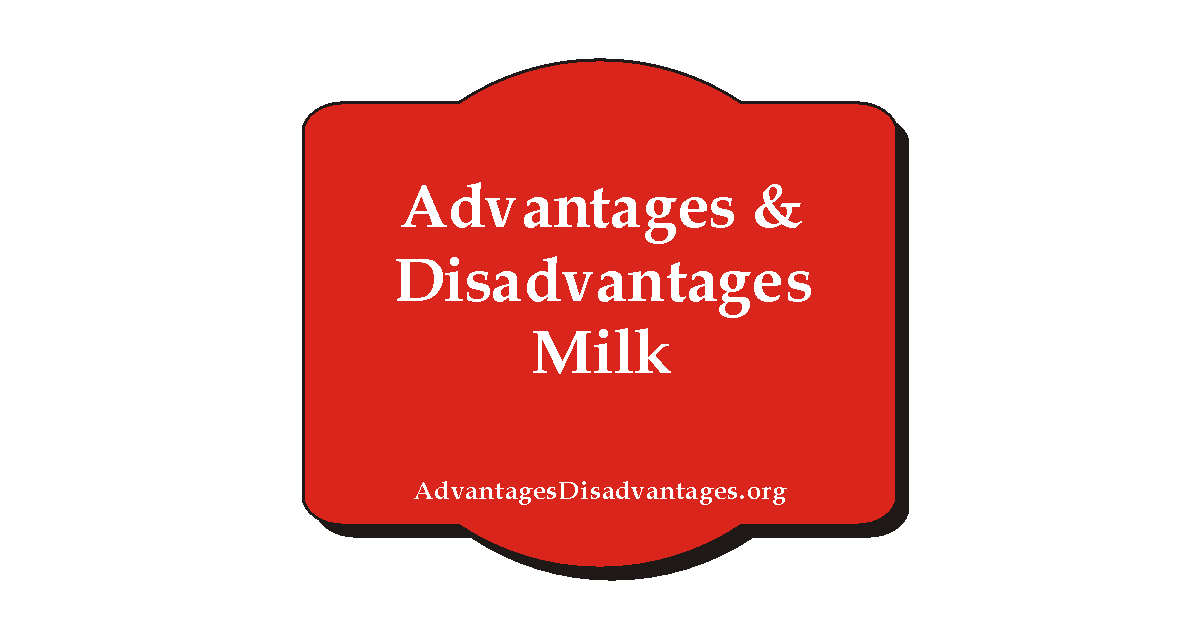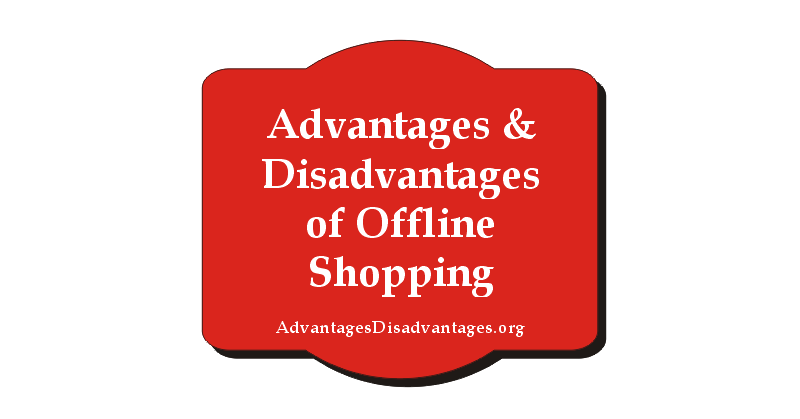Business
All about 360 Degree Feedback

Companies are looking for efficient methods to assess and enhance employee performance. The 360-degree feedback procedure, which collects feedback from peers, supervisors, subordinates, and self-evaluation, is growing in popularity. This method offers a thorough understanding of a person’s strengths and potential growth areas, providing insightful information that is helpful for both professional growth and overall organisational success.
This article examines the benefits, drawbacks, and workable solutions of a 360-degree feedback system for personal and organisational development. It highlights its potential drawbacks and offers workable solutions to assess an individual’s strengths and areas for improvement.
In the 360-degree feedback process, input is gathered from a variety of people who work with an employee on a regular basis, including peers, subordinates, supervisors, and even outside sources. This method offers a thorough assessment of the person’s performance, abilities, behaviours, and competences with the goal of fostering continual growth while also enhancing self-awareness and identifying areas for improvement.
Table of Contents
Workings of 360 Degree Feedback
A complete questionnaire must be developed that focuses on crucial competences, behaviours, and skills pertinent to the employee’s position before 360-degree feedback may be used. To achieve useful feedback, this questionnaire should be precise, measurable, and actionable. Stakeholders are requested to anonymously complete the questionnaire using various ways, including online surveys or paper-based forms, after it has been developed.
The data is then analysed using quantitative or qualitative methods to offer helpful insights. The individual is then given feedback that highlights their strengths and opportunities for development. Feedback must be constructive, fair, and aimed towards improvement rather than condemnation.
360 degree appraisal Advantages and Disadvantages
There are 360 degree appraisal Advantages and Disadvantages and they are:-
- Traditional performance reviews frequently only take into account the opinions of supervisors, whereas 360-degree feedback takes into account different viewpoints to provide a more thorough assessment. People can better grasp their strengths and flaws as a result.
- Feedback from a variety of sources helps people identify their blind spots and growth areas, which promotes both personal and professional development.
- The 360-degree feedback process encourages people to take charge of their own development and fosters a culture of ongoing learning within the company.
- Additionally, the received feedback helps to fortify bonds and encourages open communication and trust between workers and their coworkers, ultimately enhancing collaboration and teamwork.
Disadvantages
Due to factors including secrecy, anonymity, bias, fear of unfavourable outcomes, or reluctance to offer constructive criticism, participants may not always give honest feedback. The fairness and objectivity of feedback can also be impacted by subjective judgements and human biases despite norms and training. This could make the feedback process less effective.
The 360-degree feedback procedure could put too much emphasis on pinpointing areas that need development, leaving out a person’s strengths and valuable contributions. Employees may be negatively impacted by this, which could demotivate them and make it difficult for them to utilise their talents.
Additionally, the context or particular instances in the feedback acquired through this procedure could be missing, making it challenging for the recipients to comprehend and respond to the input.
After a 360-degree feedback procedure, if there is no follow-up or action taken, the feedback may be worthless and not result in any real development. Organisations must offer tools and support to assist people in addressing their areas for development.
By properly implementing, training, and evaluating the feedback process, these possible downsides must be acknowledged and addressed. By doing this, businesses may make the most of the benefits and effectiveness of the 360-degree feedback process.
Difficulty with 360 degree feedback
Although the 360-degree feedback method has numerous benefits, it’s crucial to be aware of any potential drawbacks. These can involve addressing issues with anonymity and confidentiality as well as making sure that feedback is pertinent and meaningful. It is crucial for organisations to give participants assurance and clear instructions.
The accuracy and impartiality of feedback can be affected by rater bias, such as leniency or severity. Organisations should emphasise the need of giving fair and objective feedback while training raters to be objective in their assessments.
How to overcome these Difficulties ?
Organisations should adhere to specific best practices to guarantee the efficacy of 360-degree feedback. These include choosing suitable ratios of raters to recipients and explicitly outlining the goals of the feedback process.
Depending on the size, structure, and position of the employee, the organisation may have a different number of raters. Participants must comprehend how the input will be applied to advance their professional and personal development.
All participants should receive adequate training and education to guarantee a successful feedback process. This entails encouraging transparency among recipients, teaching raters how to provide meaningful feedback, and establishing a culture of learning and growth.
In order to promote frank and objective feedback, it’s also critical to ensure anonymity and secrecy. It is important to assist recipients in deciphering and comprehending the feedback they receive and in formulating workable development strategies.
Risk in This
The 360-degree feedback has the potential to be misused, which could result in unfavourable outcomes including subpar evaluations, missed opportunities, or termination. The intended goals of the feedback process may be defeated as a result of this misuse, which can also cause distrust and dread.
Mercer | Mettl 360 Degree Feedback
A well-known business that specialises in evaluations and skill measuring is called Mercer | Mettl. A 360 Degree Feedback tool is one of their services; it strives to provide a full evaluation of a person’s performance and talents by accumulating input from numerous stakeholders.
With the help of Mercer | Mettl, businesses may create custom questionnaires that meet their needs. Organisations may concentrate on the skills and behaviour that are essential to their workforce and organisational objectives thanks to this feature.
Conclusion
A useful technique for assessing and raising staff performance is the 360-degree feedback process. It compiles feedback from numerous sources to provide a thorough insight of a person’s strengths and potential growth areas. This procedure promotes self-awareness, cultivates a culture of growth, and strengthens connections inside the company.
To make sure the procedure is successful, it’s crucial to handle potential challenges like the calibre of input, anonymity, and rater bias. Organisations may maximise the benefits of 360-degree feedback and aid in the professional and personal growth of their staff by following best practises.

-

 Health6 years ago
Health6 years agoAdvantages and Disadvantages of Milk
-

 Tech4 years ago
Tech4 years ago6 Tips to Improving E-Commerce Websites
-

 Home6 years ago
Home6 years agoAdvantages and Disadvantages of Village Life in Points
-

 Travel5 years ago
Travel5 years agoAdvantages and Disadvantage of Travelling
-

 Sports4 years ago
Sports4 years agoThe benefits of playing an online live casino
-

 Tech6 years ago
Tech6 years ago10+ Advantages and Disadvantages of Mobile Phones in Points
-

 Tech5 years ago
Tech5 years agoEssay on Advantages and Disadvantages of Offline Shopping
-

 Tech5 years ago
Tech5 years ago8+ Advantages and Disadvantages of Motorcycle |Having Bike